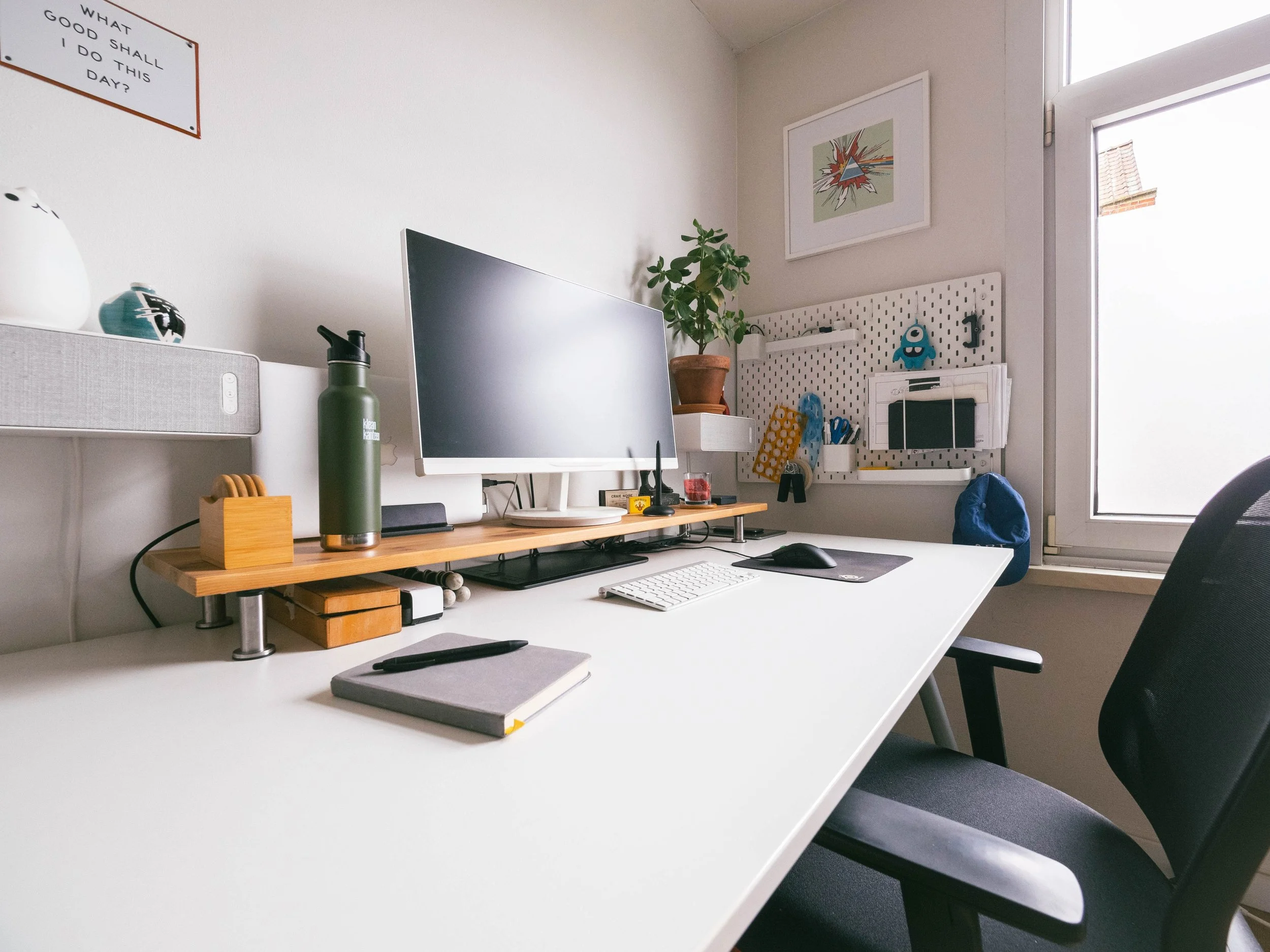How to Set up an Office at Home for Remote Working
Remote work was once a rare opportunity afforded to workers in the UK but has since become a regular fixture in modern business. The coronavirus pandemic, and its associated restrictions on gathering, caused companies to invest more heavily in remote working software and infrastructure – enabling more workers the flexibility of working from home than ever before.
Productivity can fall when working in unsuitable conditions, and the kitchen table is no different. But working from home requires an adequate space to work, especially for people with technical skills, such as freelance designers who spend a lot of time in front of their screens.
So, how can you build yourself a productive environment for working at home?
Comfort First
Your natural instinct may be to first think of practical utility when designing your home office space. This is undeniably important but, in fact, secondary to a primary factor that can have a much more profound impact on your long-term productivity: comfort.
But ‘comfort’ here doesn’t mean plush sofas, throws, and cushions – tempting as working in your living room may be. Rather, your new office space must center on ergonomics. An uncomfortable working environment that doesn’t account for the comfort and health of your body will result in distraction, pain, and even musculoskeletal strain.
The first step is selecting a suitable office chair for your work. Ergonomic desk chairs ensure your neck and back are held and supported at the right angle, and adjustable seating means you can keep your head at a suitable height for your desk and screens.
Fitted Furniture
Of course, your home office will need furnishing to be a practical and useful space. Many make do with a simple table for a desk and a bookshelf or two for documents – standard items of furniture you might already have in a spare room or nook.
However, a more dedicated approach to procuring office furniture will reward you in terms of comfort and usability. Many spare spaces are oddly sized or shaped, making it difficult to make random items of furniture work for you. Fitted office solutions are ideal for furnishing awkward spaces, allowing you to choose the right storage options for your space. Some options can even include your desk as part of the fitted unit, saving on space in especially small environments.
Lighting
Lighting is the last piece of the puzzle and crucial for a productive and safe home working environment.
Natural light is always a good provision for any working space, but it is often not enough to illuminate the room. It is also the case that shortening days in the winter leave you with fewer hours of light – necessitating proper research into lighting for your workspace.
Targeted desk lighting will ensure you can always see what you are working on. A floor lamp is also a solid option. But spotlighting should always be paired with diffuse ambient lighting to minimize eye strain.
Bright ambient lighting also ensures you remain visible on video web communications.
Wrapping up
Setting up an office at home for remote working can be a great way to help you stay productive and motivated, especially if you're working from home.
The key is creating a separate space that is comfortable, adequately furnished and provides sufficient lighting. If you can do this, getting into the right mindset for work will be much easier.









